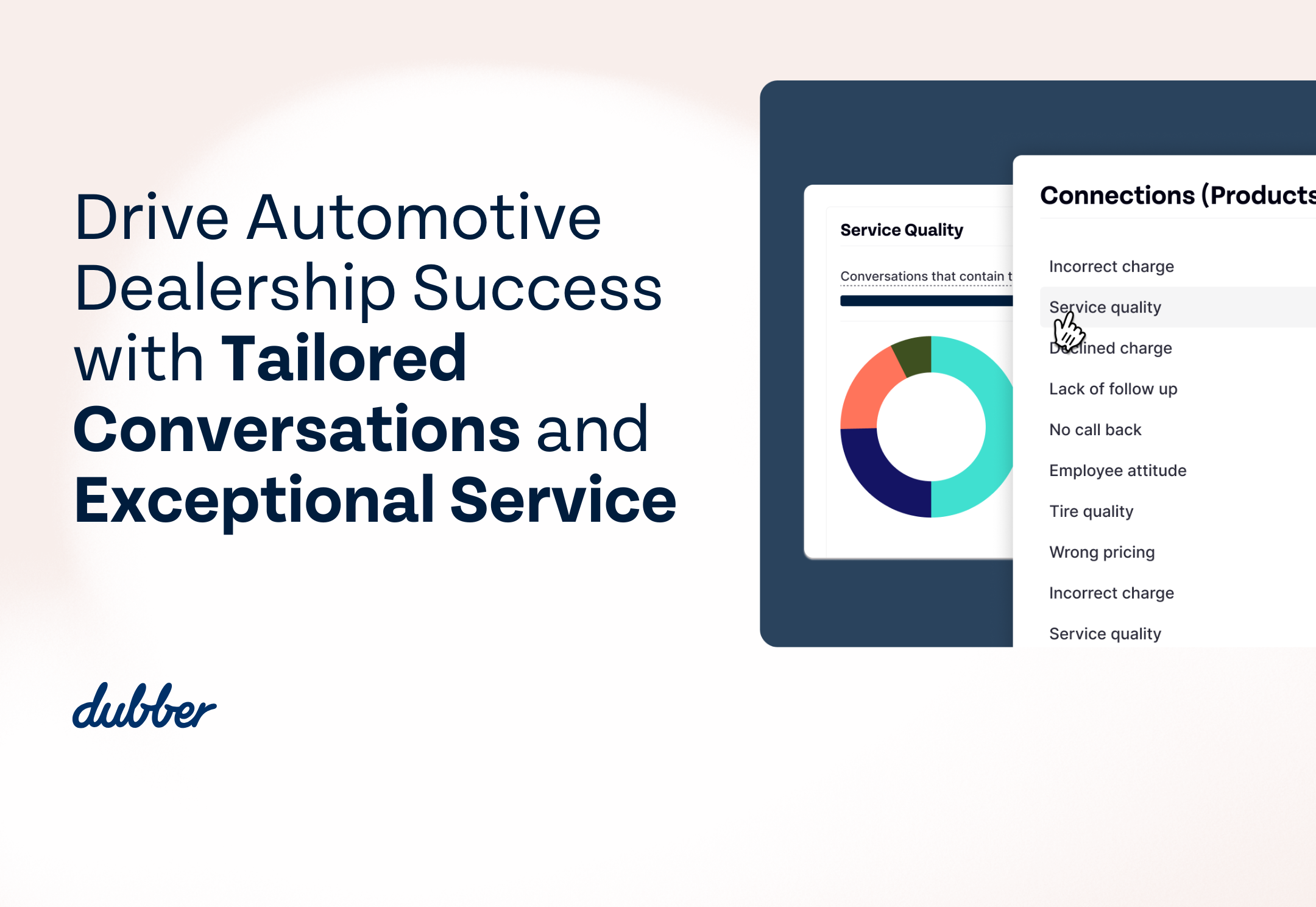

The Fourth Industrial Revolution: the future of customer retention
The fourth instalment of our Fourth Industrial Revolution series explores the evolving expectations of customers and how digital experiences will change over time. Part one of the series introduced the Fourth Industrial Revolution, part two examined intuitive networks and the future of cloud and 5G technology within the telecommunications industry, and part three investigated how telecommunications service providers will need to diversify their offerings in order to stand out from the competition.
Customer expectations have evolved alongside the development of technology, as businesses digitally enhance the customer experience. The high quality service and convenience afforded by technology is now seen as standard by consumers, who are demanding personalised services on demand. They are also expecting a seamless experience across channels, with hassle-free payment and deployment options.
Customer expectations within telecommunications
The telecommunications industry is plagued by customer churn and the costs associated with acquiring new customers. Encouraging customer loyalty is a great way to increase revenue, so telecommunications service providers will need to look for new and innovative ways to retain customers. This may require service providers to reassessing the expectations of their customers and developing digital tools in order to better support the customer journey at every stage and enhance their overall experience.
Telecommunications service providers are well placed to deliver personalised products and services to their users chiefly due to the amount of data they have. New technologies will enable companies to deliver these at scales previously impossible or unimaginable. Smart algorithms will be able to analyse customer data in real time to deliver personalised products and services to entire customer bases at once. We are already seeing this customisation with TV streaming services that learn from user behaviour. In the future, this personalisation will be automatically created using artificial intelligence, and a mix of predictive analytics and real time data.
Customer service is key
Peer recommendations are becoming increasingly important in the decision-making process, even more so than media product reviews. Negative reviews tend to reach a larger audience than positive reviews, meaning high quality products and excellent customer service are more important than ever. 61% of customers switched providers due to disappointing customer service, according to a recent study by Accenture.
Personalised experiences have been shown to engage customers, and the telecommunications industry should be asking how it can deliver such experiences to all users. This could be customising bandwidth supply according to a user’s individual data usage to meet a particular price point, or through the delivery of digital services and applications that have been personalised to each user such as telecommunications or utility providers offering plans to customers based on their usage. Reactivity and agility will be important qualities in the race to keep up with an evolving digital environment and changing customer expectations.
An improved and efficient customer experience
Digital tools will not only help telecommunications service providers to create personalised customer experiences, they can also help to reduce costs and grow revenue. Increased customer engagement reduces churn1; lowering the need for hefty spend on customer acquisition and marketing. Targeted offers including cross selling and/or bundling that appeal to the specific needs of customers should increase customer revenue and loyalty.
Customers expect to be able to find the information they need to make an informed decision when purchasing a new product or service. With more intelligent business communications solutions, customers should be directed to the department or information they need faster — increasing first call resolution and reducing customer service costs. This is significant when customer service can account for up to 10% of total operating costs. A report by the World Economic Forum has predicted that such a reduction in customer services and marketing costs, and the associated IT expenditure, could generate up to $18 billion in additional operating profits by 2025.
In the fifth and final part of our Fourth Industrial Revolution series we will explore what telecommunication service providers need to do in order to provide for the new digital workforce.
1 Del Rowe, S. (2019) ‘Vertafore Ensures Great CX with NewVoiceMedia’, Customer Relationship Management, June, p34.

